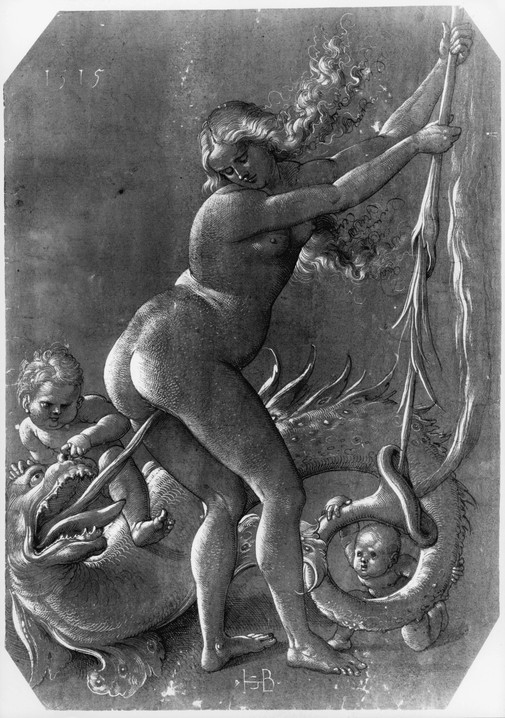Jan van Eyck is an artist that is internationally famous for his unique use of oil paints during the Northern Renaissance. One of his most well known pieces, now located at the National Gallery in London, is the Arnolfini Marriage pictured below. There is a great debate revolving around the subjects in this painting, as well as the context in which the painting was made.
Jan van Eyck
The Arnolfini Wedding, 1434
Oil on oak, 82.2 x 60 cm
National Gallery, London
Art historians are not sure whether the figures are depicted as already married and the painting is supposed to represent a legal document of the ceremony. Some evidence supporting that theory is their hand gestures and the way Arnolfini's right hand raised in a sort of oath to his future wife.
Another theory is that they are already married. However, the majority of marriage portraits depict the bride with her hair down to resemble the Virgin Mary. Married women show their piety through wearing their hair hidden under a veil. They also shave their forehead as a beauty ideal.
An additional suggestion is that it may be a memorial portrait, in the sense that she has already passed away - most likely in child birth. Details supporting that are the images present of St. Margaret, the patron saint of pregnant women. The scenes of the Passion are also depicted around the mirror between the figures, with the more fatal scenes on the side of the wife. The candle in the chandelier is also on lit on the side of Arnolifini to represent his life. Another clue, which appears in many paintings from the Northern Renaissance, is the oranges placed on the windowsill that represent the death brought into the world from the Garden of Eden. Finally, is the way that the husband is dressed in contrast to his wife. He is wearing black, which is still known to be a color of mourning.

In addition to the controversies regarding the status of the couple is the question of whether the woman depicted is pregnant or not. Pregnancy is often seen as the key to the paintings meaning. It appears as if she may be, however, some believe her dress is cut that way as a style of the times rather than an intended suggestion of pregnancy. Pregnancy, in that time, was both celebrated and feared. Death during childbirth was much more common making the suggestion of a portrait to record the pregnancy more likely.
Outside of actually looking as if she is carrying a child, some other symbols are present in the painting that suggest the same idea, such as the carpet and bed depicted behind her. Carpet not covering the whole floor negates the idea of nobility but supports a chamber for labor as the carpet is under the bed.
Finally is the controversy surrounding the mirror behind the figures. It is unsure whether the figures depicted in the mirror, past Arnolfini and his wife, are supposed to be spectators or witnesses to the marriage, Jan van Eyck himself, or if they are supposed to represent a reflection of the viewer.













of+mirror.jpeg)

